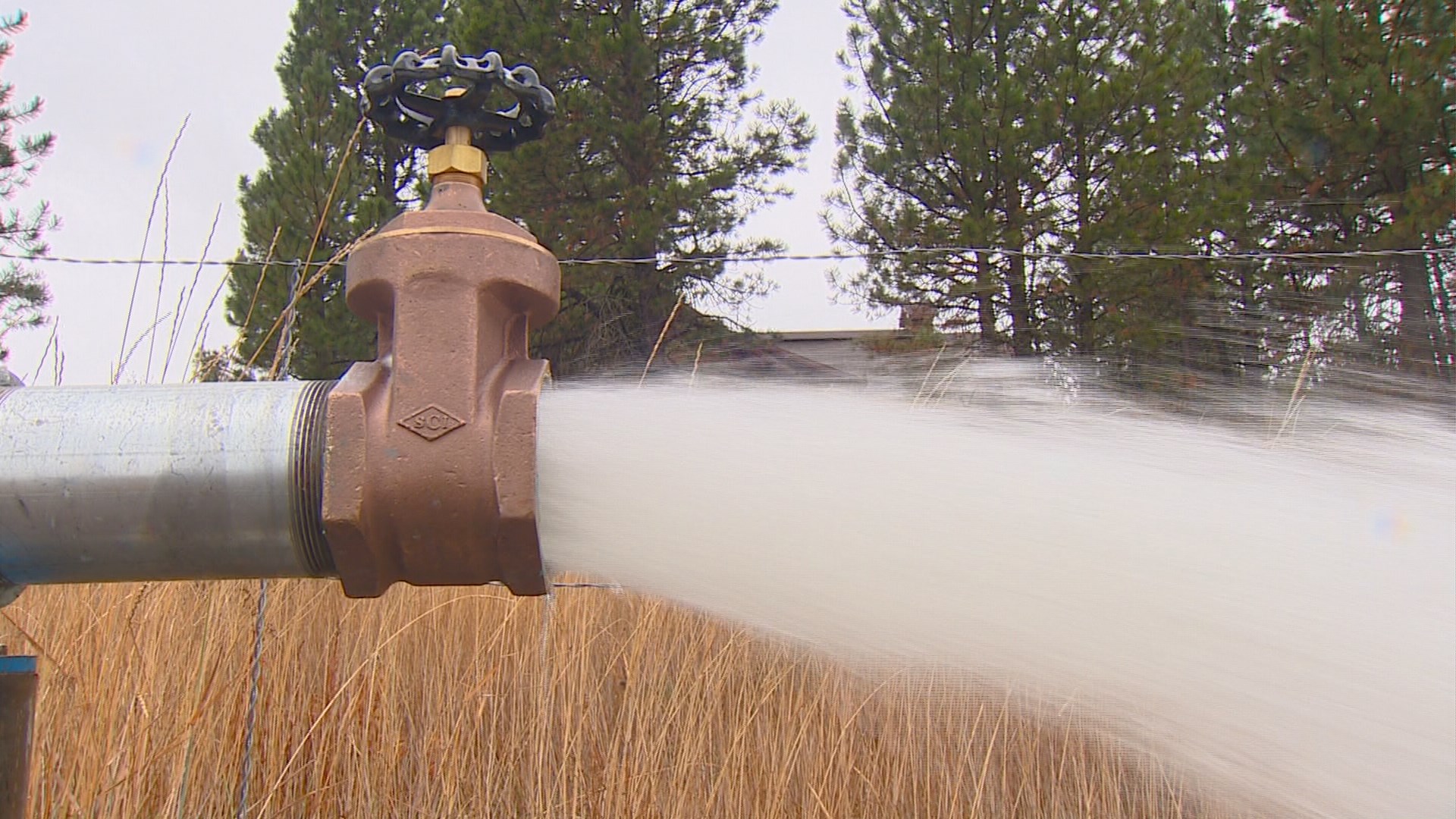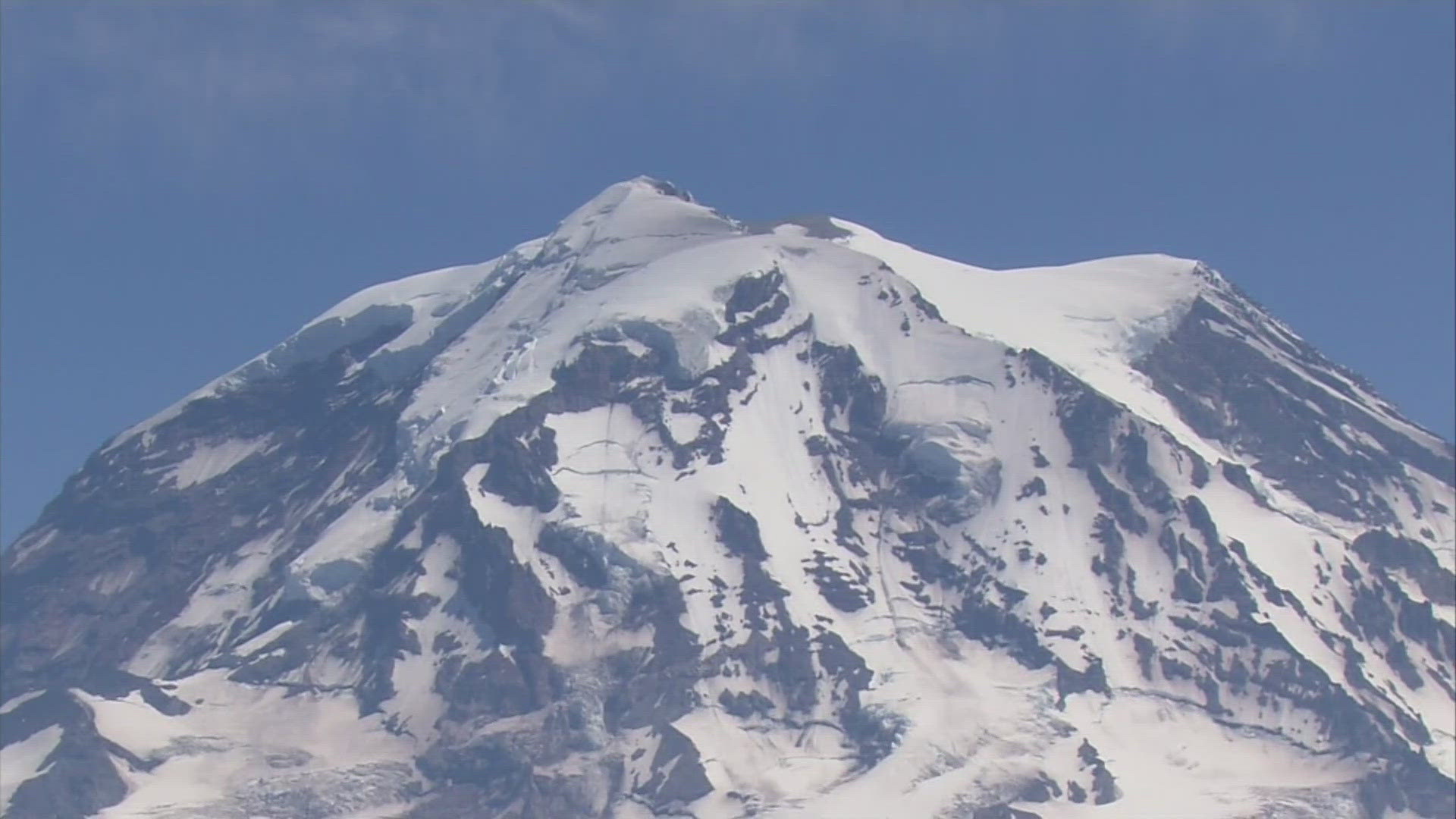BOISE, Idaho (AP) — Americans are using less water, though people in the Northwest individually use more than the national average and Idahoans use more than people in any other state.
A study by local, state and federal officials tracking everything from collective sips at the public fountain to irrigating crops to water used to cool nuclear power plants has found that water usage has dropped to levels of at least 40 years ago.
"This is the first time we've seen this large a decline nationally," said Molly Maupin, a Boise-based hydrologist with the U.S. Geological Survey and lead author of "Estimated Use of Water in the United States in 2010."
"The magnitude of the overall decline was a little surprising to us," she said.
The 56-page report released earlier this month is a snapshot taken at five-year intervals with the most recently compiled information covering 2010. The report was somewhat delayed, Maupin noted, because of the government shutdown and sequestration.
Officials found that in 2010 the U.S. used an average of 355 billion gallons of water per day. That's 13 percent less than 2005, and the lowest amount since before 1970. The five-year snapshots that started in 1950 track water removed from the system, meaning water that is used and then returned to the system can be counted again.
Idaho is listed as leading the nation, with residents using 168 gallons of water per person per day (the national average is 88 gallons per day). But other western states are close, the report said, as residents try to keep yards from going brown in desert climates. "People in some areas have neighbors who get mad at them if they don't have green yards," Maupin said.
In Washington, the per capita daily usage was 111 gallons, Oregon was 113 gallons. People in Arizona used 147 gallons daily, the report said, compared with 144 gallons daily in Wyoming and Hawaii and 134 gallons per day in Nevada.
Officials say the main reason for the drop in 2010 on a national level is water-saving advances in cooling technology at thermoelectric power plants, which produce power with stream-driven turbine generators using everything from coal to natural gas to nuclear fission.
Of the 13 percent decline in national water usage, the report found, 75 percent of that came from conservation efforts among power plant operators. The elimination of many "once through" plants that were replaced with plants that recirculate water is one of the main reasons for the water savings, Maupin said.
Possibilities for the power plant makeovers vary, ranging from environmental regulations to power plant operators potentially being concerned about a changing climate.
"If we see a drying climate and the plants become more efficient, there's a higher probability we're going to have the power that we need," Maupin said.
The other big category for water savings is irrigation, the study finding that it accounted for 20 percent of the 13 percent national decline.
Maupin noted that more efficient irrigation practices on farmland, such as sprinklers, have been adopted in many regions as water has become scarce.
In southern Idaho, for example, groundwater pumpers that include farmers and cities have for years engaged in court battles with surface water users who have senior water rights. That's also playing out amid dryer years and a fear of drought.
"It is my impression that systems are constantly getting more efficient," said Matthew Weaver, deputy director with the Idaho Department of Water Resources. "I would say it's definitely true that there are more sprinklers irrigating land than in the past, and we see more drip systems now."
The rest of the decline in water usage in the U.S., the report said, was in the public supply — which includes water for city parks, fighting fires, commercial building use, businesses use, and also for domestic customers to take a shower, wash a car or water the lawn.
One of the possible reasons for the drop in usage in the public supply is an increasing awareness by the cities looking for ways to reuse water.
"Even as the U.S. population continues to grow, people are learning to be more water conscious and do their part to help sustain the limited freshwater resources in the country," said Mike Connor, deputy secretary of the Interior, in a statement.
Also, many cities and towns appear to be switching over to metering water, meaning residents have to pay more for using more.
The report mentioned climate variations across the country in 2010, but Maupin said the scope of the report didn't include potential changes in the climate.
Mining is only 1 percent of water usage, but the agency is taking an interest in the growing use of water for hydraulic fracturing, particularly in the Bakken shale formation in North Dakota, South Dakota and Montana.
That will likely show up in the 2015 report, as will the likely increase in water usage due to an influx of workers to the region.
But the main strength of the reports, Maupin said, is that they give a periodic snapshot of water usage in the nation over time.
"Absolutely," she said. "I think that's the piece that no one state can provide and no other agency is putting out."


![Cascade Aquatic and Recreation Center[ID=18453235] ID=18453235](http://www.gannett-cdn.com/-mm-/a0db1663f4f87238de6e3c5d87d12b5db253f3b8/c=328-0-1592-1080/local/-/media/KTVB/None/2014/11/04/635506841206089004-hotspot1.JPG)
